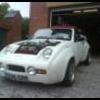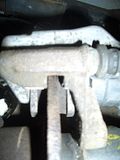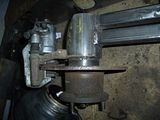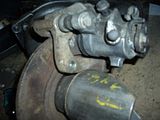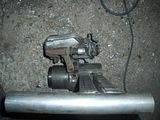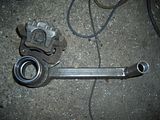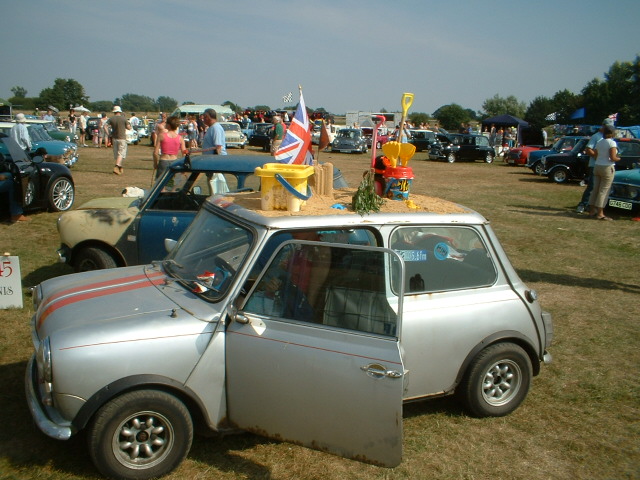Hi,
I did look at using a AC motor but found that i would need complicated and expencive electronics. I dont think curtis do AC controllers! Also AC motors get their power from their high rpm, they have little torque compared to a DC motor so i would need a gearbox.
I want to use a Zilla controller, Its specially designed for cars, its a 156V 1000A controller. It also costs 1.5K so i will be saving up for a while!
Generators are not really worth it because even though they will recharge the batteries, it wont make that much of a difference to range.
Suren
Using an AC inverter on a DC strorage battery to drive the motor would just add losses to the the system anyway, you would waste power in the inverter even if the batteries were wired up to give 110 / 240v DC with no voltage increase from the inverter.
I wouldn't rule out the use on a genny just yet! It has been done - and works VERY well. The genny is used to both recharge the batteries and provide additional power to the motor (one at a time obviously, you would need a killer genset to do both!) the motor can also be rigged to run directly from the genny, so handy if the battery bank is totaly flat. Think I read about the story first on one of the "alternative energy" website, "Mother Earth News" - I think.
Worth looking into anyway! A genny with an electric start would be ideal, it would only be required when the batteries are low, or when the load on the batteries is increased (going up a steep hill say). Batteries are not linear in their output - the less Amps you pull, the longer they last and provide MORE power than if you drain them faster with a heavy load.
Don't forget the sealed lead acid battery Ahr rating is based on a c20 (5% of rated capacity) discharge curve. Some are based on a faster 5hour discharge of 0.2C.
Also Lead acid abtteries should not be run below 80 - 85% of charge (75% is absolute max before damage occours) and like to be topped up frequently. For deep discharge you would be better off with Ni-Cd batteries - but these MUST be run low before charging or they will suffer from "memory effect". Ni-Cd and Ni-MH batteries are actually fairly simple to recharge without the use of overly complicated charging devices, just simple current limiting and monitoring of battery temperature (temp will rise as the battery reaches full charge) they are also tollerant of mild overchargaring. Expensive though.
I would think about running a hybrid battery bank, lead acid and Ni-cd, with the Ni-Cds only used for long trips / deep discharge use.
There is one type of battery I have been thinking about - Ni-Fe (aka "Eddison battery"), these batteries will NEVER need replaced (some over 100 years old are still in daily use!). BUT they can only give out relatively low power per weight compared to other types. They have been used in electric cars though (even 100 years ago!). Hard to get hold of too.
It's an interesting project, and something I considered doing myself. Keep us updated as to how it goes.
SS








